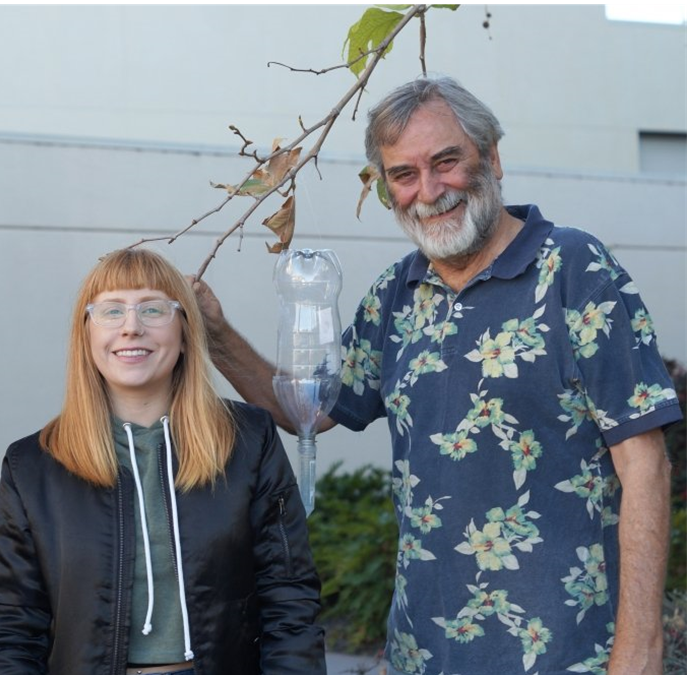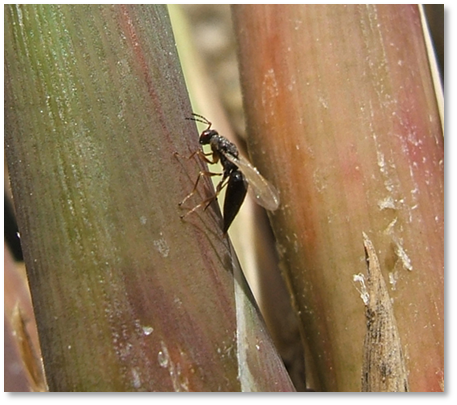Researcher Spotlights
Tom Dudley
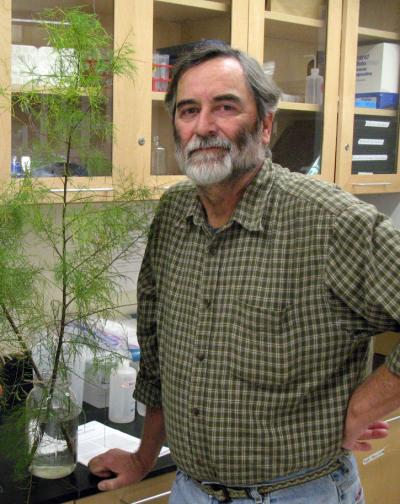
Tom Dudley is a research biologist at UC Santa Barbara's Marine Science Institute. He conducts research at Hansen REC.
What led you to become an ecologist?
I grew up on a lemon and avocado ranch in the Ventura area, very near the Hansen REC, which put me in touch with growing and maintaining plants. And, we would go on picnics to Santa Paula Creek where I would catch (and release) tadpoles which gave me the interest in streams and rivers, where much of my research is focused. Then in high school, our inspired biology teacher would give extra credit for eating weird things, so my friend, Dan Bean, and I got more credit points than all the rest of the class combined so I was hooked…and Dan is still my main research collaborator in our weed biocontrol work.

What brought your work to Hansen REC?
We conduct invasive species projects in the Santa Clara River adjacent to the Hansen REC, so the facility was a convenient and protected location for conducting experiments based on patterns observed in the nearby riparian system. These involved both plants such as Arundo donax (giant reed), a serious water consumer and fire hazard, and invasive insects such as the shot hole borer endangering both crops, especially avocados, and native willows and cottonwoods. Also, the bagrada bug is a pest feeding on cole crops as well as on invasive perennial pepperweed (Lepidium latifolium), creating an intriguing situation in which a pest insect could perform a beneficial role in controlling an exotic weed which, however, may provide an over-wintering refuge for the bagrada bug. Having the facility nearby convinced us that we should consider developing a biocontrol research and development unit associated with HAREC, which we are now exploring along with many partners.
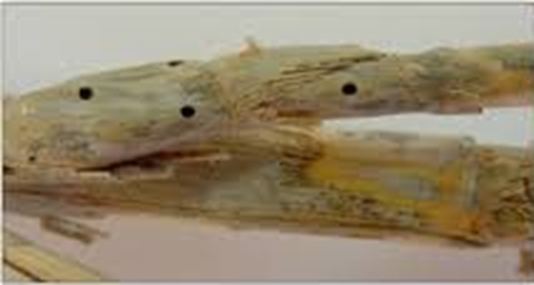
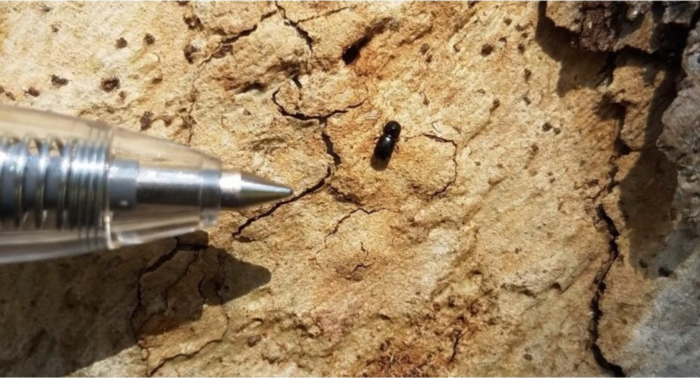
What do you hope to learn from your research at Hansen REC?
The immediate goals are to develop cost-effective means for suppressing invasive plants and arthropods, particularly using biocontrol methods, while promoting the restoration of native riparian vegetation that supports many protected wildlife species. We also hope to meld resource conservation with sustainable agriculture, with projects that have implications in both realms such as the shot hole borer and bagrada bug. Controlling plants such as Arundo and tamarisk also enhances water resources for agriculture as well as reduces wildfire threats in our fire-prone landscape.
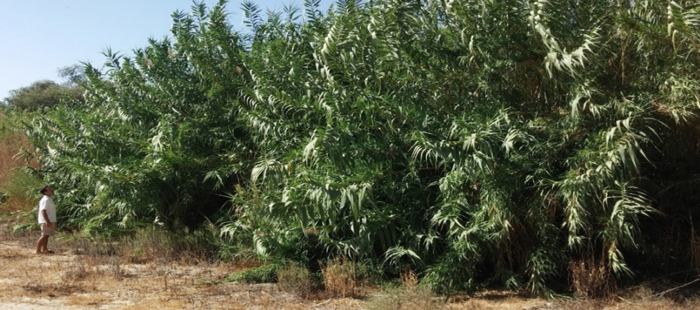

What is your favorite part about conducting your research at Hansen REC?
As noted above, I grew up nearby but in addition, my aunt and uncle had teaching careers at Briggs School across the street from the current HAREC location, so it is a thrill to go back to the same areas where I used to hang out as a kid.
